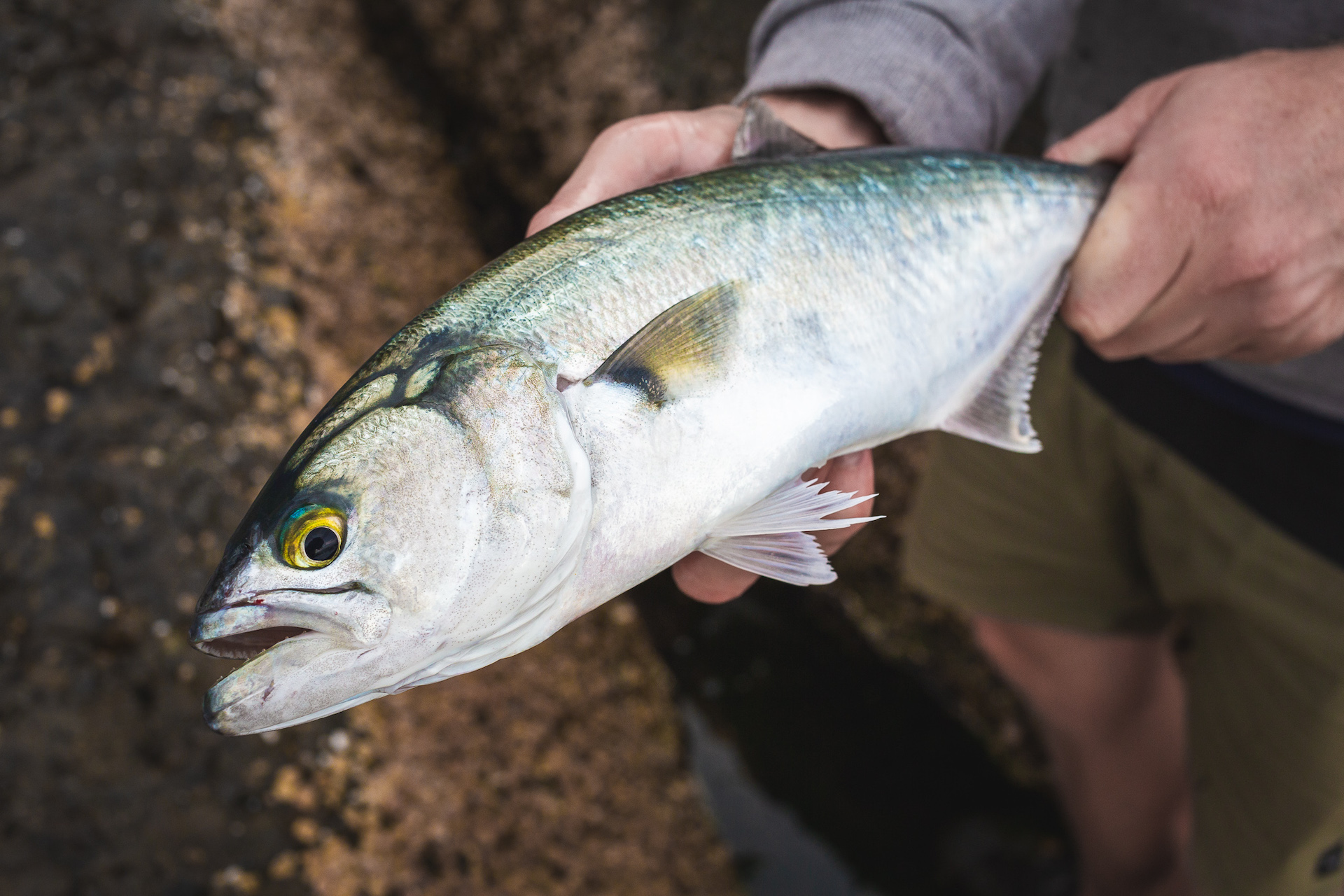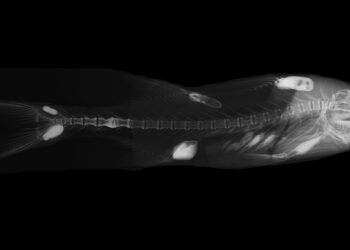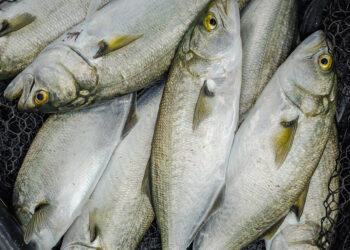
THE iconic, surf dwelling Pomatomus saltatrix, known as tailor along Australia’s east and west coasts, occurs worldwide and thus is known by many names. If you’re from North America they’re called bluefish, South Africa, they’re elf, elwe or shad, while in Brazil they call them anchova. There are other more descriptive names, such as “snap mackerel”, which was coined just north of Brazil in Guyana, but my favourite description is “marine piranha”. What better way to describe their strong toothy jaws, aggressive attitude and tendency to bite at fish or fingers alike? Each of these parts of the world has their own genetically separate tailor stocks, while in Australia genetic studies have shown that tailor on Australia’s east coast are a separate stock from those found in WA. These voracious predators are most commonly encountered from the northern tip of Fraser Island in Queensland to Onslow in WA, but historically have been rare in the waters off South Australia, Western Victoria and Tasmania. On the east coast, all tailor found north of Sydney are part of one stock that was, until recently, only thought to spawn at Fraser Island. It is well known that large schools of tailor migrate north along the east coast each year during autumn and winter to congregate in the waters near Indian Head and Waddy Point. Peak spawning there usually occurs in September, a time when the tailor are protected by a fishing closure in the area. This instinctive northward migration is thought to have evolved to counteract the effect of the southward flowing East Australian Current (EAC), allowing passive southward distribution of the eggs, larvae and juveniles by the prevailing current. This provides energy savings for their offspring. After about a month offshore in the plankton, metamorphosed juvenile tailor enter bays and estuaries where an abundant supply of food awaits. Juvenile tailor are voracious predators and studies in the US have estimated that the bluefish population there can eat up to eight times its own weight of other fish each year, dramatically affecting the abundance of other fish species!
Back in Australia, in contrast to the situation on the east coast, there is no evidence of a similar mass-spawning migration of WA tailor. Instead, it is thought spawning might occur in numerous localised areas along the WA coastline. This theory has been strengthened by recent work done on the east coast by researchers from the University of NSW, who found evidence for previously unrecognised spring and late summer (February – April) tailor spawning events around the NSW north coast region. This research calculated that these newly described spawning events may now contribute up to half of the juvenile tailor that reach the waters off southern NSW and eastern Victoria. It is probable, this more southern spawning behaviour by east coast tailor is a behavioural adaptation to warming water temperatures in the EAC, which in turn has increased the growth rate of tailor larvae and reduced the time they remain in the plankton by 1 to 2 days. In other words, this could well be evidence of natural selection at work. Eventually, if warming trends continue, east coast tailor stocks may no longer need to migrate as far north as Fraser Island, as the north coast of NSW will be plenty warm enough, allowing the larvae to extend their range further south. This warming phenomena may also be contributing to longer term trends of decline of tailor landings in QLD, which peaked in 1996 and have declined ever since, but more on that below.
Along Australia’s east coast, juvenile tailor grow rapidly to around 15 cm in 1 year, and both sexes mature at around 2 to 3 years old at approximately 30-35 cm in length. A 60 cm tailor is thought to be around 5 or 6 years old, and they are known to grow to a maximum size of around 120 cm and 14 kg. Fish that size are rare these days, as tailor stocks tend to be a heavily fished as they respond aggressively to well-presented baits and lures. Indeed, fisheries data suggests that the east coast tailor stock was probably overfished in the 1980’s and early 1990’s, but since then tight management arrangements including increased sized limits and reduced bag limits for recreational anglers have reduced the total catch and sparked a population recovery. Promisingly, the most recent research by University of NSW scientists has found that the sex ratio of the east coast tailor stock is now biased towards more females than it used to be, and has a larger length at 50% maturity than it did in the 1980’s. These data show that raising the tailor minimum size increase in QLD to 35cm has worked. Furthermore, modelling shows that to further optimise the east coast fishery, and in view of the increased spawning along the NSW north coast, the data suggests further benefits would arise of the minimum size for tailor in NSW was raised to 35 cm (from 30 cm). Such a move would affect anglers in NSW for only a few months at best, but would increase egg production and thus tailor numbers for many years to come. And who wouldn’t want that?
















